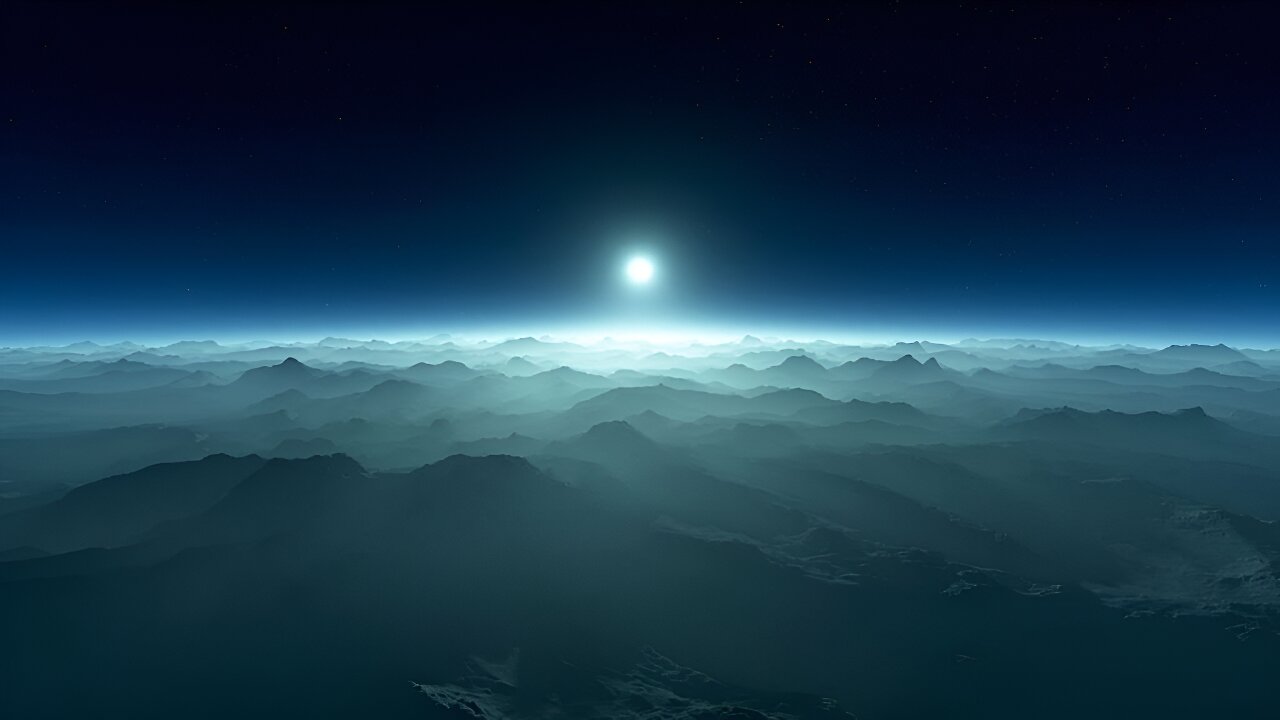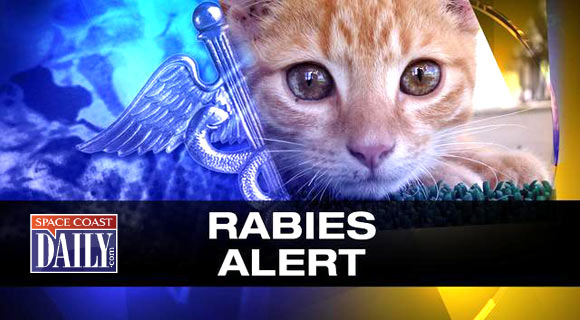# Webb directly images two planets orbiting white dwarfs
In a few billion years from now, the sun will transform into a white dwarf. During this transition, Jupiter and Saturn will likely drift away from the sun, but life could persist.
The final stages of stars vary, with some ending in cataclysmic explosions that annihilate any orbiting planets. However, our sun is not massive enough to experience a supernova. Instead, it will first become a red giant before eventually transforming into a white dwarf. The red giant phase occurs when the star depletes its hydrogen fuel, leading to the shedding of material that forms planetary nebulae, leaving behind a compact white dwarf. Scientists have hypothesized that white dwarfs may have debris disks from which new planets could form, and they have been curious about whether some planets can endure the transition from a main sequence star to a red giant and then to a white dwarf.
Researchers have now discovered potential giant planets orbiting two white dwarfs in different systems. If confirmed, these would be the first directly imaged planets with similar characteristics to the giant planets in our solar system, providing insight into the survival of giant planets through stellar evolution.
The existence of exoplanets around white dwarfs has been predicted theoretically. It is suggested that outer planets beyond the asteroid belt’s location in our solar system could endure the transition of their stars to become a red giant and then a white dwarf. However, any planets within this range would likely be engulfed by the expanding red giant, which would impact Mercury, Venus, Earth, and possibly Mars in our solar system.
While it is challenging to detect planets around white dwarfs, researchers have managed to identify two candidate planets around white dwarfs. These planets are located at considerable distances from their stars and are estimated to have masses similar to Jupiter.
This discovery also sheds light on another aspect related to white dwarfs, known as white dwarf metallicity. Some white dwarfs appear to be contaminated with metals, potentially originating from perturbed asteroids that are drawn into the white dwarf’s vicinity by giant planets. Future observations could provide further evidence linking giant planets to metal pollution in white dwarf stars.
Astronomers have encountered difficulties in finding planets around white dwarfs using conventional methods, but with the James Webb Space Telescope’s (JWST) capabilities, such planets can be directly imaged. The JWST’s high-resolution infrared imaging has the potential to observe Jupiter-mass planets orbiting nearby white dwarfs without the need for a coronagraph.
The research involves identifying point sources to confirm the presence of planets. A method called reference differential imaging is used to distinguish these sources, which has been effective in detecting planets in close proximity to stars. The study has successfully identified point sources around two white dwarfs, indicating the potential presence of exoplanets.
While these findings are significant, they do not entirely verify the role of large planets in depositing debris onto white dwarfs. Further observations, particularly with the JWST, are required to address this question conclusively.
Overall, the discovery of potential giant planets orbiting white dwarfs presents a substantial advancement in understanding the survival of planets through stellar evolution and their impact on white dwarf metal pollution. Further observational efforts, particularly with advanced telescopic capabilities, can provide deeper insights into these phenomena.














